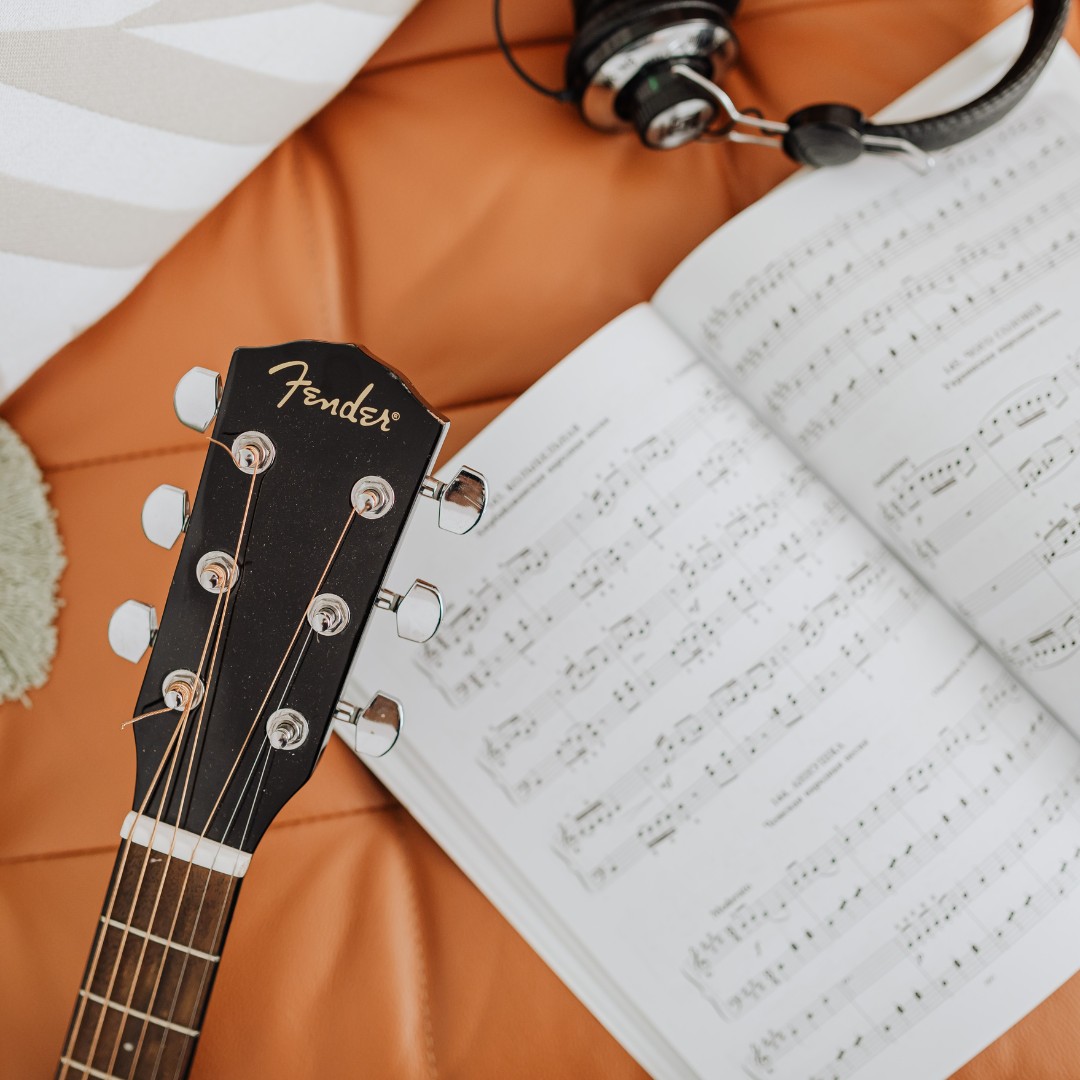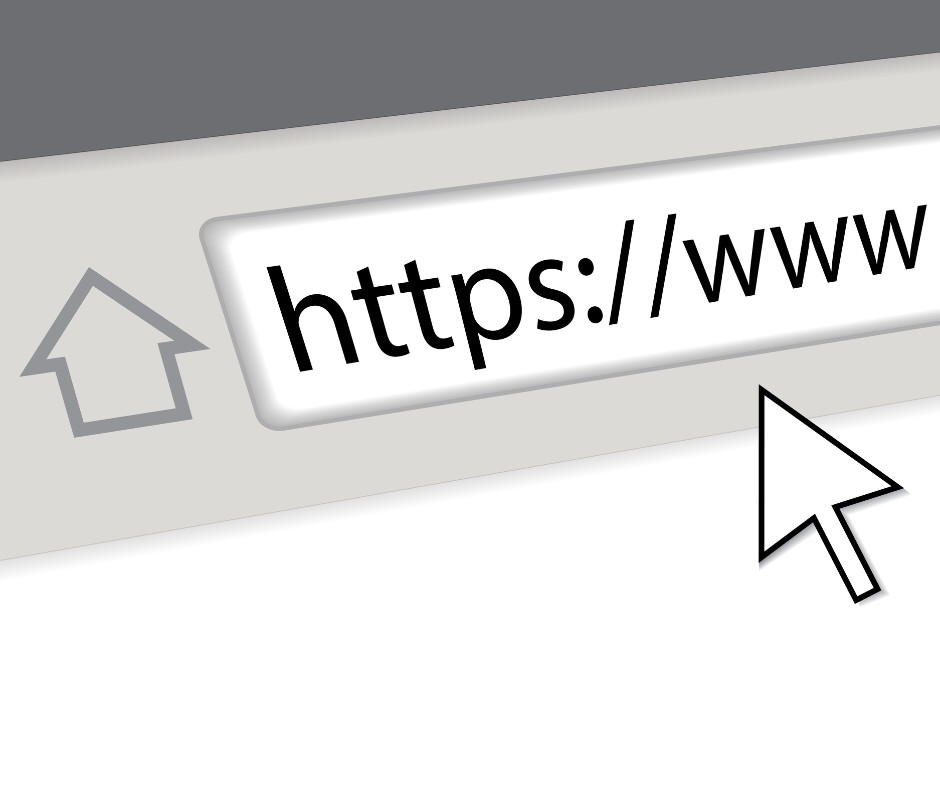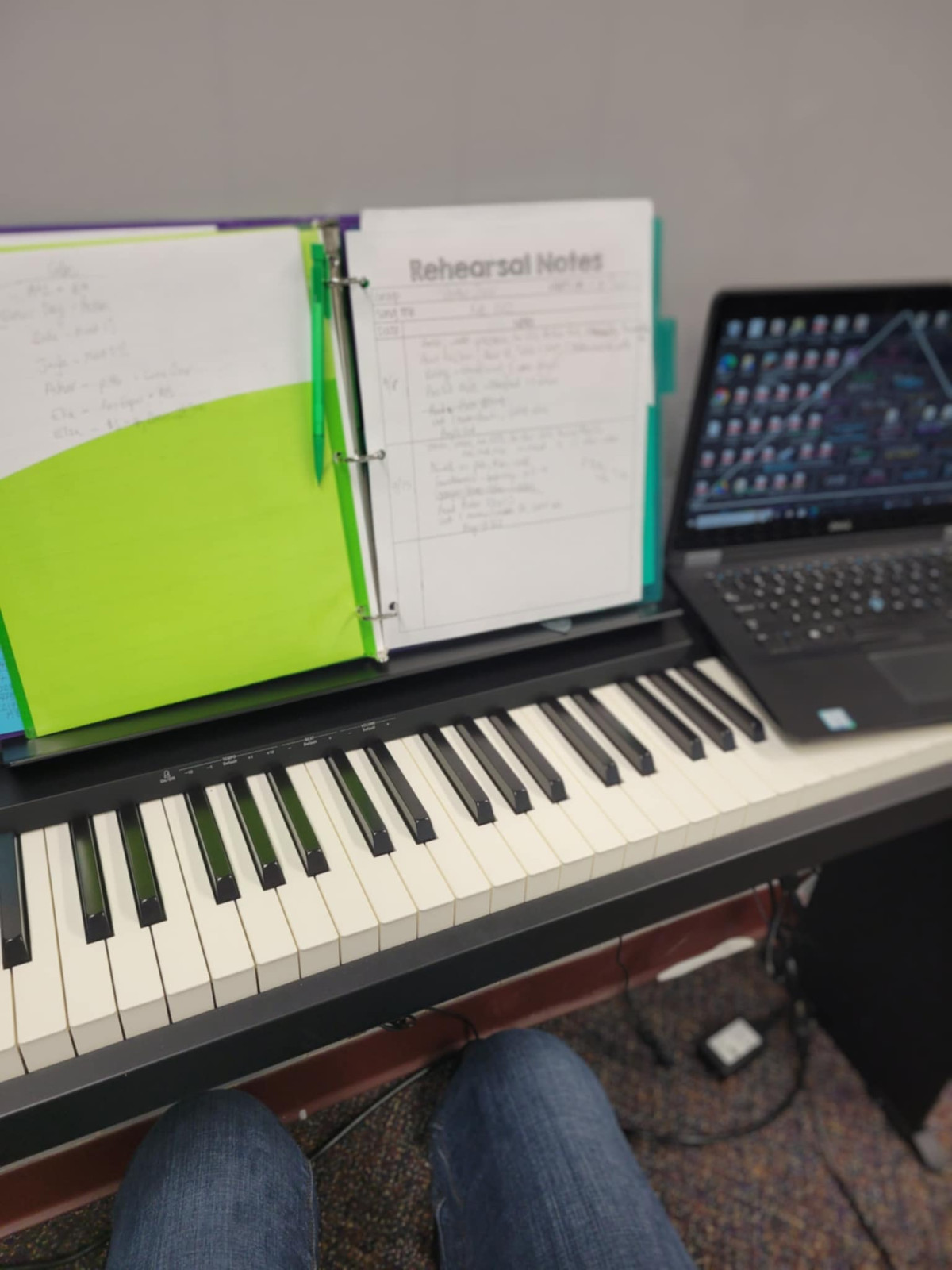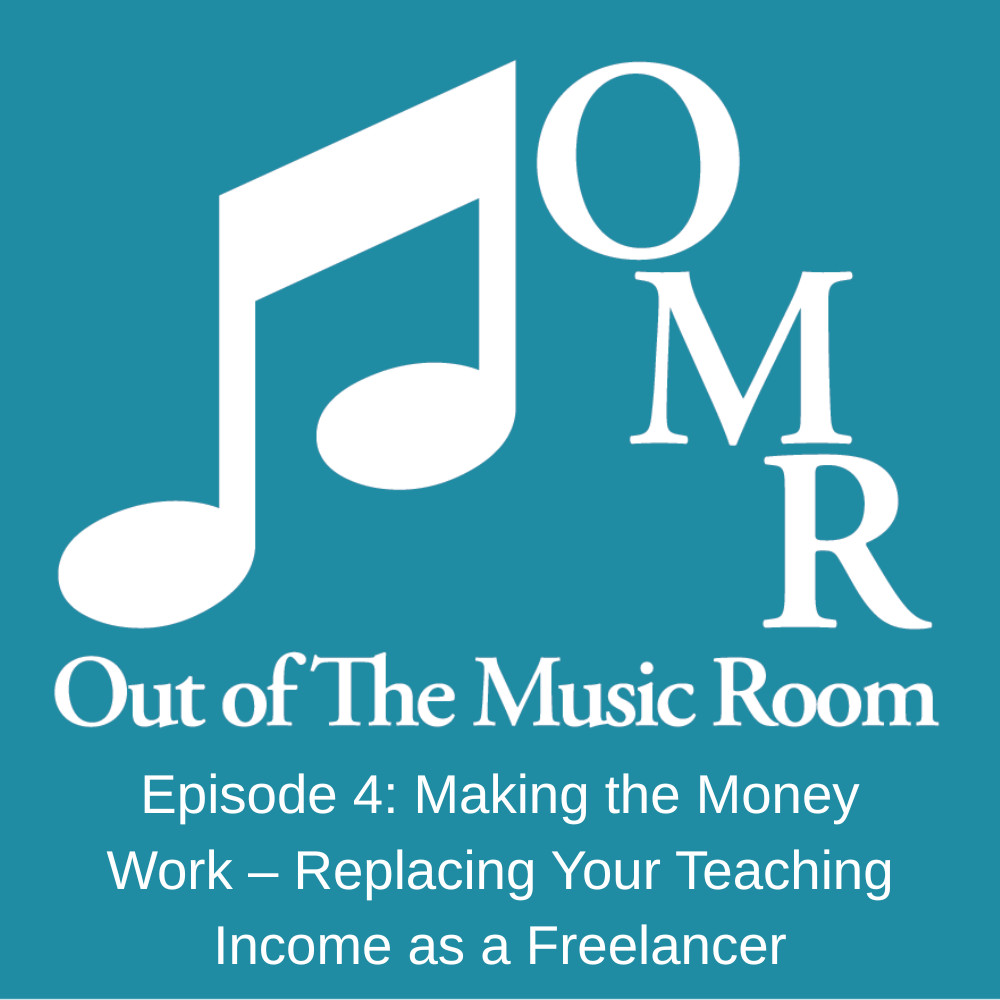
That feeling when your schedule’s so full you can’t tell whether you’re tired or just out of caffeine.
But here’s the truth: performing at your best in teaching, business, and life isn’t about squeezing more in. It’s about learning how to protect your energy so you can actually show up fully for the things (and people) that matter most.
1. Stop Managing Time. Start Managing Energy.
It’s not. Energy is.
You can’t teach eight lessons in a day and expect every one to get your best self if you don’t protect the fuel that makes you you.
Here’s what actually helps:
- Batch your energy, not your tasks. Notice when you naturally have more focus or patience, and save your most demanding students for that window.
- Build reset moments between lessons. Two minutes of silence, a short walk, a drink of water. It’s not wasted time; it’s recovery.
- Track your rhythms, not your hours. Are you sharper in the morning? More creative at night? Build around that.
2. Guard Your Focus Like It’s Gold
It’s focus, empathy, creativity, and problem-solving all rolled into one. And that kind of output requires mental space.
To protect it:
- Feed your brain, not just your body. Protein and hydration beat sugar crashes every time.
- Rethink caffeine. If you need a second cup by 10 a.m., your system’s asking for support, not more stimulation.
- Practice micro rests. Two quiet minutes before a lesson can reset your brain faster than a long break you’ll never actually take.
We’ll get into that more in another post.
3. Rest Is a Skill, Not a Reward
And without rest, your body can’t recover, your creativity can’t breathe, and your patience can’t stretch.
Real rest looks like this:
- Going to bed earlier than your brain wants to.
- Stretching between lessons even when you’d rather scroll.
- Taking one evening completely off from work each week, not to catch up, but to just be.
- Nourishing your body with simple meals that stabilize energy instead of spiking it.
4. Build Your Performance Stack
Think of it as the few things that keep your mind clear and your body strong enough to handle the schedule you’ve built.
Mine looks something like this:
- A grounding morning routine with five minutes of silence before the noise starts.
- Midday movement, a walk or stretch instead of another scroll break.
- Fuel that lasts, real food and water instead of caffeine and adrenaline.
- Cellular recovery tools, the behind-the-scenes science like peptides that help my body bounce back faster than it used to.
5. Your Students Feel Your Energy
When you’re centered, they sense it.
When you’re rushing, they mirror it.
Your energy sets the tone for every lesson, every conversation, every creative moment. Protecting that energy isn’t selfish. It’s responsible. It’s how you sustain a teaching career that doesn’t burn you out.
Because performing at your best doesn’t mean running faster.
It means learning to move through your days with enough space to breathe, create, and still have something left for yourself when it’s over.
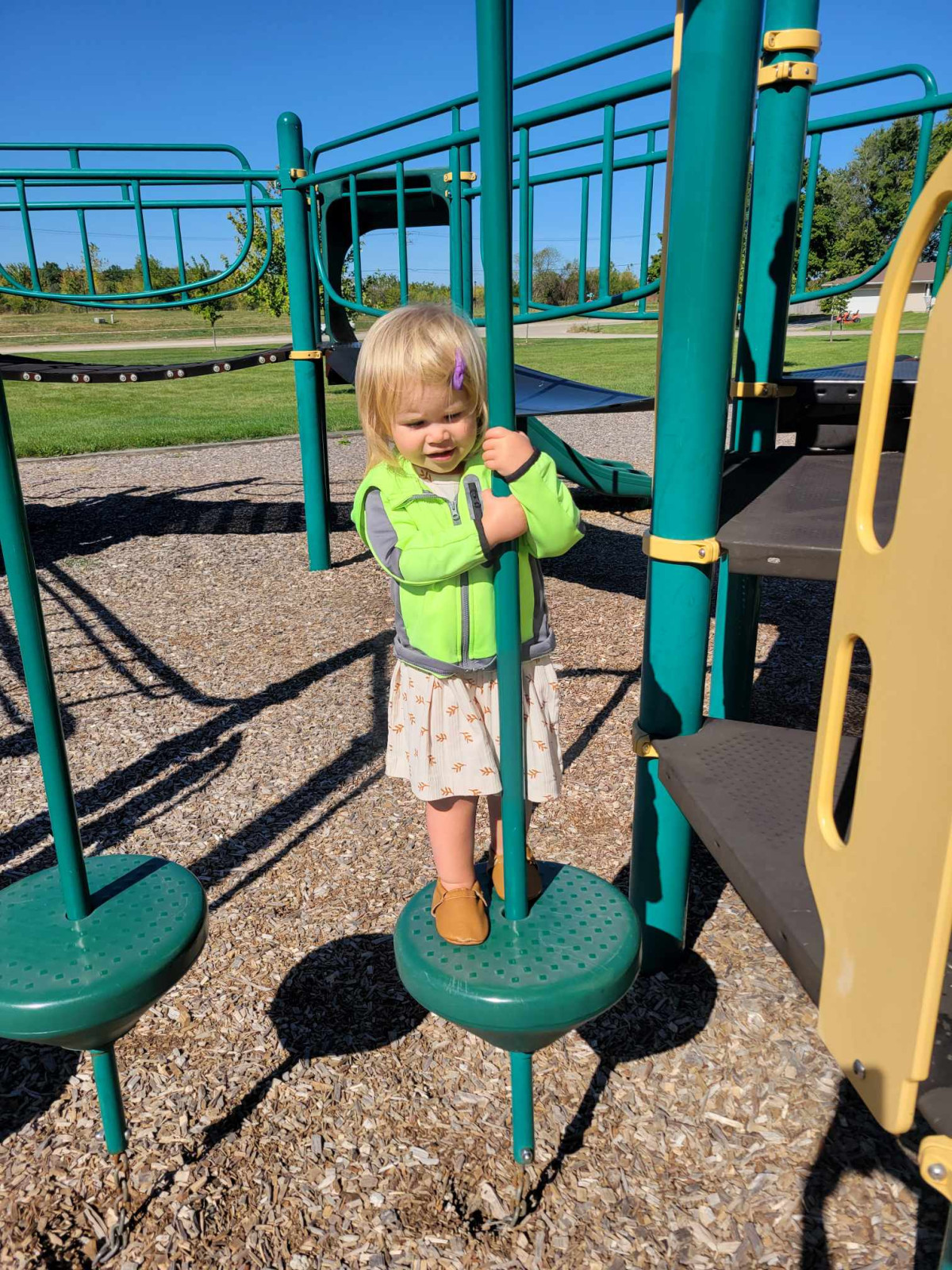
1. Create an Engaging Play Environment with Fun Activities
- Toddler-Friendly Zone: Set up a designated space filled with age-appropriate toys and activities that spark curiosity.
- Rotate Toys: Regularly change out toys to keep your child interested and engaged for longer periods.
- Low-Impact Activities: Engage in activities like reading stories or doing simple arts and crafts projects while seated comfortably. This fosters bonding and learning without exhausting you.
2. Focus on High-Protein Nutrition for Sustained Energy
- Prioritize Protein: Incorporate high-protein snacks and meals throughout the day. Options like Greek yogurt, cottage cheese, hard-boiled eggs, and nut butter provide sustained energy.
- Nutrient-Dense Drinks: Consider adding the red juice from the 11 Day Jumpstart to your routine. This drink is packed with antioxidants, vitamins, and minerals.
- Meal Prep: Prepare protein-packed meals in advance, such as chicken or egg or oat meals & snacks, ensuring you always have nutritious options ready.
3. Stay Hydrated for Optimal Performance
- Keep Water Accessible: Always have a water bottle nearby to remind yourself to drink throughout the day.
- Flavor Your Water: Add fruits like lemon or berries or cucumber to your water for taste and extra nutrients.
- Protein Shakes: protein shakes can be a delicious way to increase protein intake while satisfying cravings. I personally like this one.
4. Involve Your Toddler in Daily Tasks
- Collaborative Cooking: Make meal preparation a joint effort by assigning simple tasks like washing vegetables or stirring batter.
- Cleaning Games: Turn cleaning into a game with timed pick-up challenges or sorting activities. This keeps your toddler occupied while teaching valuable life skills.
- Check out this book for more ideas on how to involve your toddler in daily life tasks!
5. Prioritize Sleep for Better Energy Management
- Establish a Sleep Routine: Aim to go to bed at the same time each night and create a calming bedtime routine that helps you unwind.
- Nap When Possible: If your toddler naps during the day, take advantage of that time to rest or catch up on sleep.
- Seek Support: Don’t hesitate to ask family or friends for babysitting help so you can enjoy some much-needed downtime.
- Need more sleep ideas? Check out 11 Tips for Better Sleep without Side Effects



